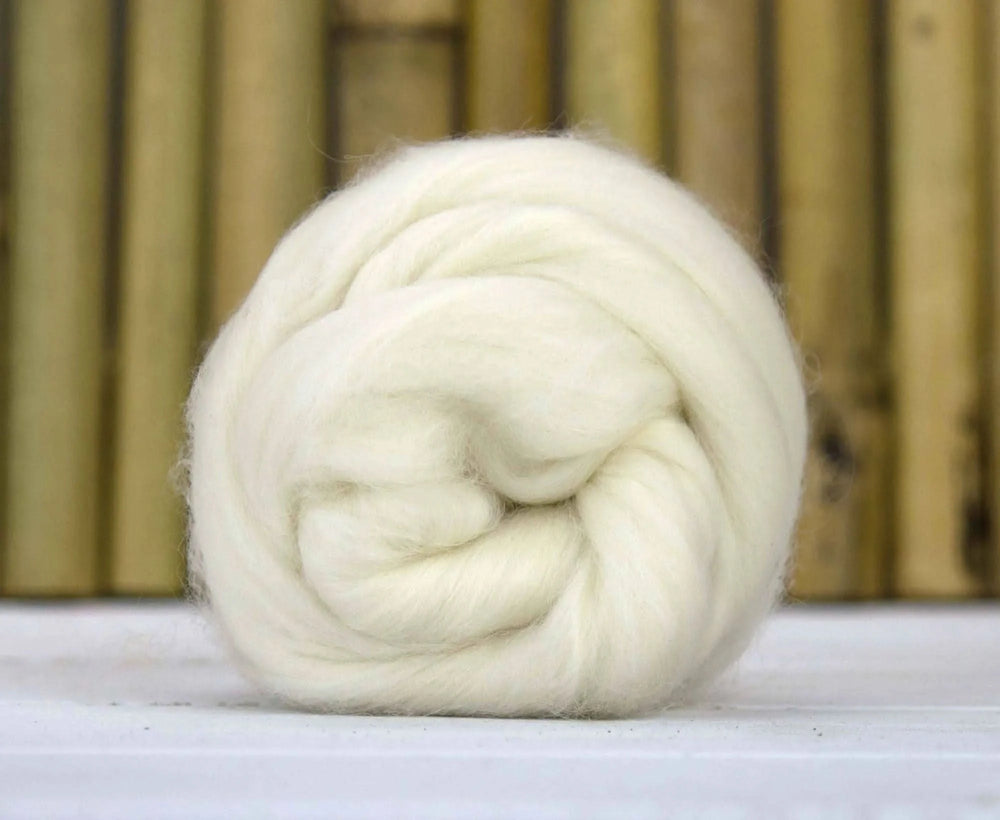Recognizing the Different Kinds of Cashmere a Natural Fiber and Their Distinct Advantages

The Origins of Cashmere: A Historic Summary
While the elegant touch of cashmere continues to beauty modern customers, its origins trace back to the severe, cool environments of Mongolia and the Himalayas. For centuries, the native individuals of these regions have actually been raising Capra Hircus goats, the prime source of cashmere wool. These goats, resistant versus the severe winters, expanded a fine undercoat to make it through, which later ended up being called cashmere. The name itself pays homage to Kashmir, a region in India where the wool was initially refined. Much of the early cashmere trade path was promoted by the Silk Road, linking Asia with the Middle East and Europe. Regardless of its global spread, the finest cashmere is still believed to originate from the initial areas of Mongolia and the Mountain Ranges.

The Production Process: From Goat to Garment
Shearing a Capra Hircus goat notes the inception of the detailed cashmere production procedure. This fragile treatment generally happens annually throughout spring. The fine, soft undercoat is then divided from the coarser outer hair, a process called dehairing. The resultant raw cashmere is then washed to remove pollutants such as vegetable, dust, and oil matter.
The tidy fiber is subjected to dyeing, rotating, and weaving, or knitting, to change it right into a textile. Complicated treatments like quality assurance checks and finishing processes follow, making sure the end product maintains the glamorous requirement anticipated of cashmere. This painstaking process, from goat to garment, justifies the high expense connected to cashmere products, making them a sign of deluxe and improvement.
The Numerous Kinds of Cashmere: An In-depth Evaluation

The One-of-a-kind Advantages of Cashmere: Convenience and Sustainability
Moving from the range of cashmere kinds to the benefits they use, comfort and sustainability stand out prominently. Cashmere, a natural fiber, is renowned for its exceptional soft qualities, providing a level of convenience that synthetic fibers can't match. The material's lightness, yet excellent heat retention, makes it perfect for all seasons. In addition, cashmere's natural elasticity permits it to go back to its initial shape, making it resistant to extending or shrinking.
When it pertains to sustainability, cashmere is eco-friendly and eco-friendly, as it's collected from cashmere goats that regrow their coats resource every year. what is cashmere. Unlike artificial fibers which can take centuries to break down, cashmere's influence on the atmosphere is minimal. This mix of convenience and sustainability makes cashmere a helpful option for conscious customers

Taking Care Of Your Cashmere: Maintenance and Conservation Tips
While cashmere is most certainly a glamorous and sustainable choice, it needs particular like keep its high quality and expand its life expectancy. To begin, cashmere should be hand cleaned making use of cold water and a light cleaning agent. Prevent wringing the garment or turning as it can damage the fibers. Rather, delicately eject excess water and lay it level on a towel to completely dry. Furthermore, cashmere things should be saved in a cool and completely dry place, far from direct sunshine and dampness. Utilizing moth repellents can secure these garments from possible damage. It's suggested to avoid hanging cashmere to prevent extending. Instead, fold and shop them effectively to preserve their shape and high quality gradually.
Buying Cashmere: Understanding Its Worth and Well Worth
Although cashmere may at first appear like a costly financial investment, its long-lasting worth and worth come to be obvious when you consider its impressive top qualities. Recognized for its unmatched gentleness and warmth, cashmere is a costs all-natural fiber that outmatches other products. Its high demand and limited supply add to its high rate, yet its sturdiness ensures it lasts for many years, offering superb worth for money. Cashmere items are ageless, often ending up being heirlooms gave via generations. what is cashmere. Its natural insulating residential or commercial properties give heat without the bulk of synthetic fibers. Buying cashmere, as a result, is not just concerning present fashion patterns, but about accepting a sustainable, resilient, and luxurious way of living.
Conclusion
In recap, the sort of cashmere one selects, be it Mongolian, Chinese, or Italian, is dictated by specific preferences for heat, deluxe, budget, and sustainability. The value of cashmere prolongs beyond its rate, review with convenience and long life including in its worth. Correct care and upkeep can ensure its conservation. As a result, recognizing the beginnings, production procedure, and unique benefits of different kinds of cashmere my blog can direct consumers in their investment in this lavish natural fiber.
Whether it's the outstanding heat of Mongolian cashmere, the affordability of Chinese cashmere, or the eco-conscious manufacturing of Italian cashmere, there's a tale to be discovered behind each fiber type. Cashmere, a natural fiber, is renowned for its unmatched soft qualities, giving a degree of convenience that artificial fibers can't match.When it comes to sustainability, cashmere is eco-friendly and naturally degradable, as it's collected from cashmere goats who regrow their layers yearly. Recognized for its unparalleled soft qualities and warmth, cashmere is a premium all-natural fiber that exceeds other products. Recognizing the beginnings, production procedure, and distinct benefits of various types of cashmere can guide customers in their financial investment in this extravagant natural fiber.